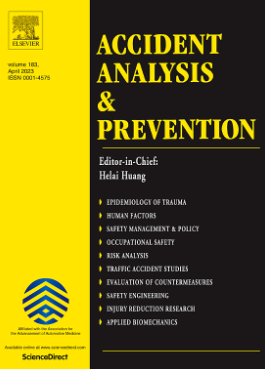
Safety evaluation is a critical aspect through the future stages of automation development. Since there is a lack of historical and generalizable safety data in high levels of Connected and Autonomous Vehicles (CAVs), a possible approach to follow is the microscopic simulation method. Through microsimulation, vehicle trajectories are able to be exported and traffic conflicts to be identified using the Surrogate Safety Assessment Model (SSAM). Therefore, it is crucial to develop techniques in order to analyze conflict data extracted from microsimulation and evaluate crash data aiming to support road safety applications of automation technologies. This paper attempts to propose a safety evaluation approach for estimating crash rate of CAVs through microsimulation. For this purpose, the city center of Athens (Greece) was modelled using the Aimsun Next software paying attention to the calibration and validation of the model using real data of traffic characteristics. Moreover, different scenarios were formulated concerning different market penetration rates (MPRs) of CAVs and two fully automated generations (1st and 2nd generation) were simulated for modelling them. Subsequently, the SSAM software was used in order traffic conflicts to be identified and then converted to crash rate. Analysis of the outputs along with traffic data and network geometry characteristics were then conducted. The results indicated that in higher CAV MPRs, crash rates will be significantly lower as well as when the following-vehicle in the occurred conflict is a 2nd generation CAV. Lane change conflicts caused the highest crash rates compared to rear-end conflicts, which presented the lowest rates.
| ID | pj233 |
| DOI | |
| Tags |













